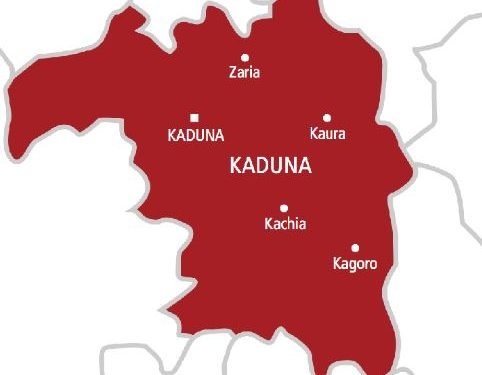A warship armed with cruise missiles has joined the Russian battlegroup off the coast of Syria as part of Moscow’s response to US cruise missile strikes on the Syrian airbase of Shayrat.
Russia’s angry declarations, a world away from hopes of a rapprochement voiced in Washington and Moscow after Donald Trump’s election, have overshadowed US secretary of state Rex Tillerson’s planned visit to Moscow. His anticipated meeting with Vladimir Putin will now be dedicated to reaching an understanding on Syria and addressing concerns over Russia’s suspension of an agreement designed to keep the world’s largest nuclear powers from accidentally clashing there.
The frigate Admiral Grigorovich, reached the group of at least six warships off the coast of Syria, Russia state media reported. It carries Kalibr cruise missiles, the Russian equivalent to the US Tomahawk missiles fired at Shayrat, and has previously fired them at targets in the war-torn country.
While many saw the US strikes as curtailing hopes for better ties between Putin and Trump, some Russians believe they were more posturing than precision warfare.
“There’s a bad scenario with this flexing of muscles. The danger of a clash between the US and Russia in Syria is not pleasant, and it could have bad consequences,” said Fyodor Lukyanov, a leading foreign policy analyst in Moscow.
“But there’s also a positive scenario. For Trump, discussion with Russia about co-operation in Syria was impossible before because it was a discussion from a position of weakness. Now we can say that America has shown its abilities, has returned to the picture, and the conversation won’t be one-sided, neither side will dominate, and this creates possibilities and preconditions for dialogue.”
Putin’s spokesman said that the Russian president viewed the strikes as “aggression against a sovereign state in violation of international law, and under a false pretext”, but the rebuke seemed a bit rote and lacking in vinegar.
Russians had been evacuated from the airbase after the US reportedly warned Russia about its attack. A Russian reporter on the ground posted photographs afterward showing the runway at Shayrat still intact, and Syrian jets have reportedly resumed flights from the base.
The Russian foreign ministry cancelled a “deconfliction” agreement, designed to prevent mid-air collisions, under which the US and Russia informed each other about their military operations.
Lt Gen Yevgeny Buzhinsky told the Observer that its absence would raise the chances of an accident or strike escalating into a direct conflict.
The risk is compounded by the presence of a large number of Russian military advisers working outside its Khmeimim airbase and Tartus naval base in Syria.
In addition to deploying the frigate, the Russian defence ministry promised “measures to bolster and increase the effectiveness of the Syrian armed forces’ air defence systems”. Buzhinsky said Russian anti-aircraft units could start covering not only Russia’s assets in Syria but also regime facilities. “I think if Americans decide to launch Tomahawks again, they could start destroying these Tomahawks,” he said.
But Leonid Isayev, a Middle East analyst at Moscow’s Higher School of Economics, cautioned that the Russians would stop short of giving the Syrians top equipment like S-400 anti-aircraft missiles.
“We’re afraid to fully give weapons to Syria because we’re afraid they will fall into hands of terrorists, so military escalation is not simple,” he said.
Over recent days it has appeared that Moscow has been struggling to cover for Syrian president Bashar al-Assad, who put Putin in an extremely uncomfortable position by allegedly launching the chemical attack. In what seemed like a warning to Assad, Putin’s spokesman told Associated Press on Thursday that Moscow’s support for the regime was “not unconditional.”
The Tillerson visit allows the Trump administration and Putin to begin working out their own agreement on Syria, replacing the Obama-era one that was effectively torn up by the cruise missile strikes. Tensions with Washington could also play into Putin’s hands and allow him to rally Russians around the flag ahead of the presidential election next year.
“It depends on Trump. If he wants to make Syria another platform for military intervention, then we return to the model that was under Bush and Obama, only with a real risk of military conflict,” Lukyanov said. “If not and the strikes were just about prestige, then there’s no risk, and possibilities for agreement are preserved.”
The danger is that the Trump administration still hasn’t figured out its goals in Syria.
Lukyanov said the most unpleasant scenario “would be if it comes out that there are no concrete intentions besides being back in the game”.
(TheGuardian US)






